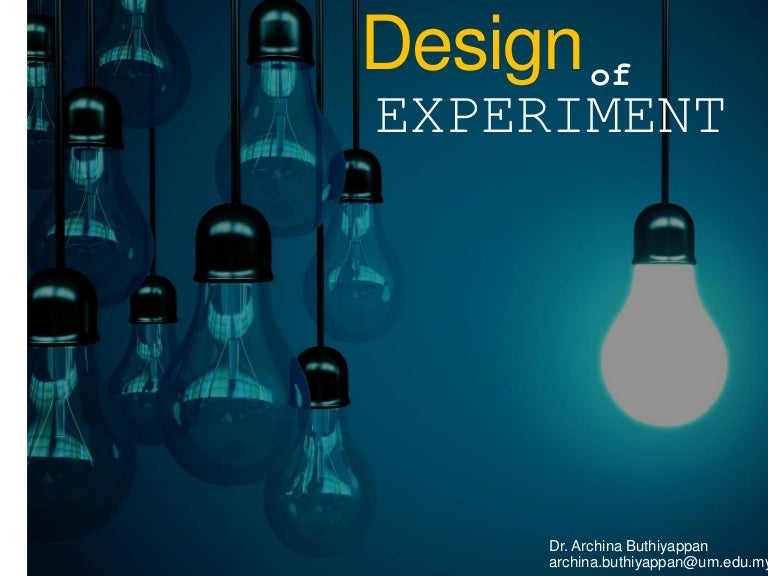
Design of Experiment
Design of Experiments is a framework that allows us to investigate the impact of multiple different factors on an experimental process. It identifies and explores the interactions between factors and allows researchers to optimize the performance and robustness of processes or assays. The old conventional approach to scientific experimentation.

Experiment design template Mural
Design of experiments (DOE) is defined as a branch of applied statistics that deals with planning, conducting, analyzing, and interpreting controlled tests to evaluate the factors that control the value of a parameter or group of parameters.

Design of experiments YouTube
Design of experiment means how to design an experiment in the sense that how the observations or measurements should be obtained to answer a query in a valid, efficient and economical way. The designing of the experiment and the analysis of obtained data are inseparable.
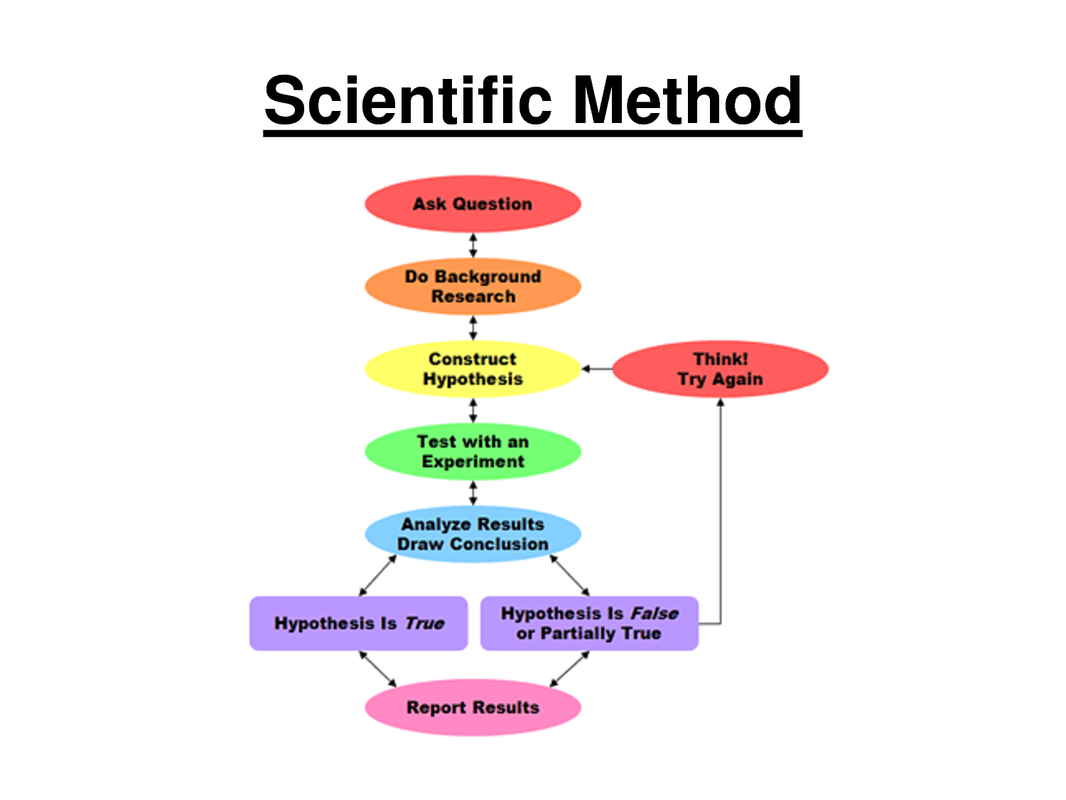
Experimental Design 5InJn's Biology Portfolio
Step 1: Define your variables You should begin with a specific research question. We will work with two research question examples, one from health sciences and one from ecology: Example question 1: Phone use and sleep You want to know how phone use before bedtime affects sleep patterns.
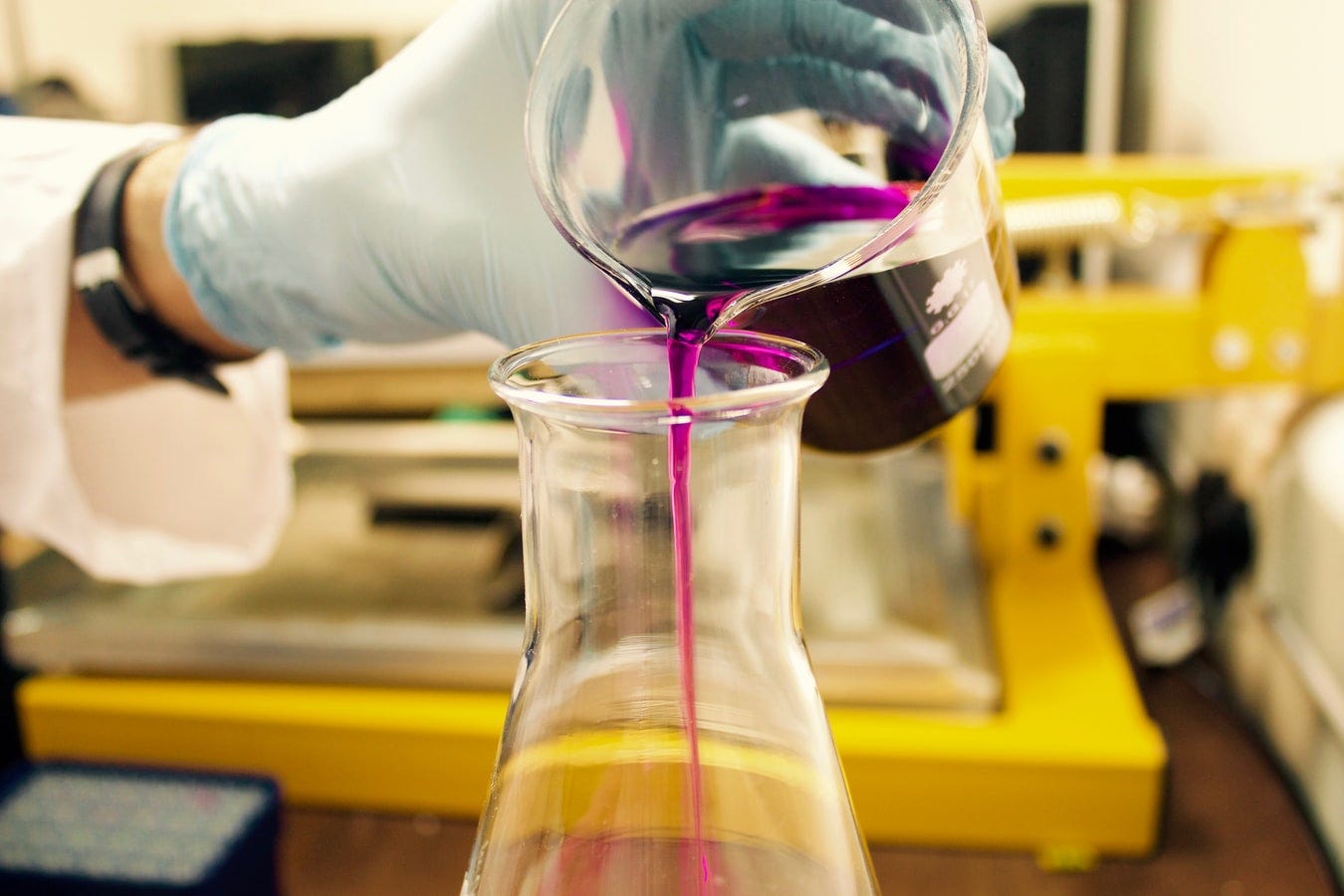
A Design of Experiments The Startup Medium
Design of Experiments is particularly useful to: evaluate interactions between 2 or more KPIVs and their impact on one or more KPOV's. optimize values for KPIVs to determine the optimum output from a process. IMPROVEMENT ROADMAP Uses of Design of Experiments
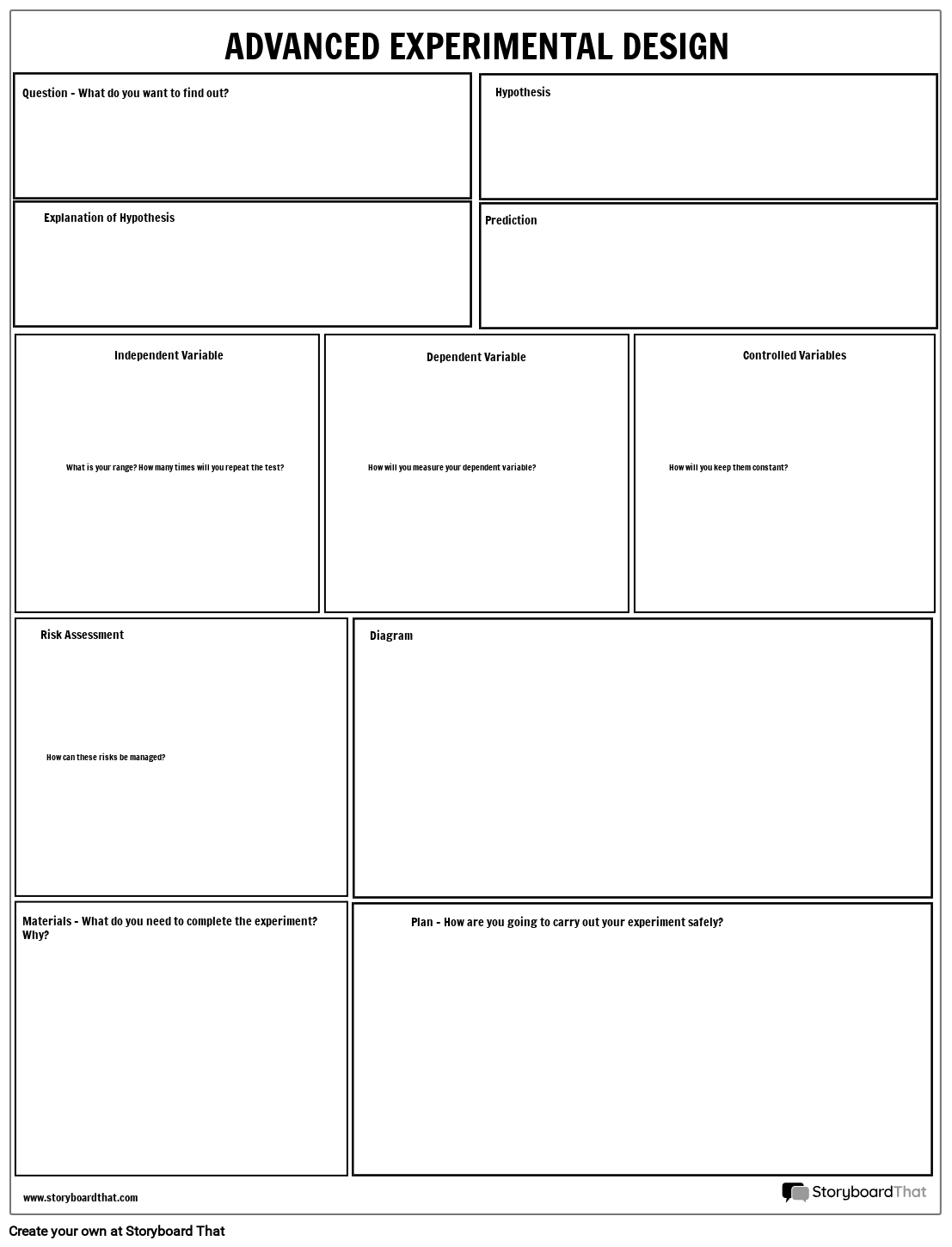
Designing An Experiment Worksheet
Design of Experiments (DoE) methodology refers to the use of practical and powerful statistical tools and techniques for the development of efficient, balanced and economical experimental designs that allow the experimenter to determine how controlled and uncontrolled factors are related to the process output (s).
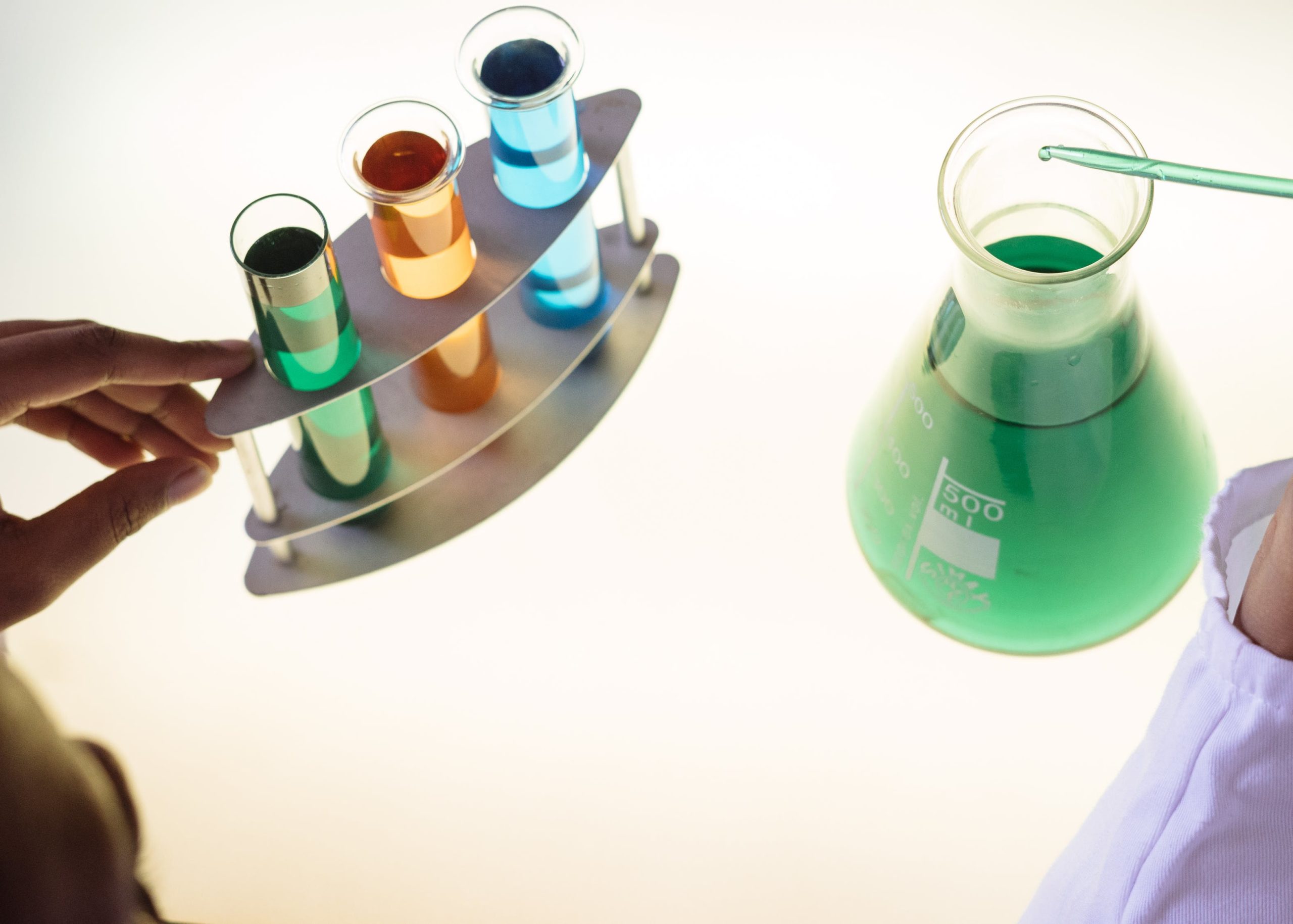
About Experiment Design » Upthrust
Design of experiments (DOE) is a systematic, rigorous approach to engineering problem-solving that applies principles and techniques at the data collection stage so as to ensure the generation of valid, defensible, and supportable engineering conclusions.
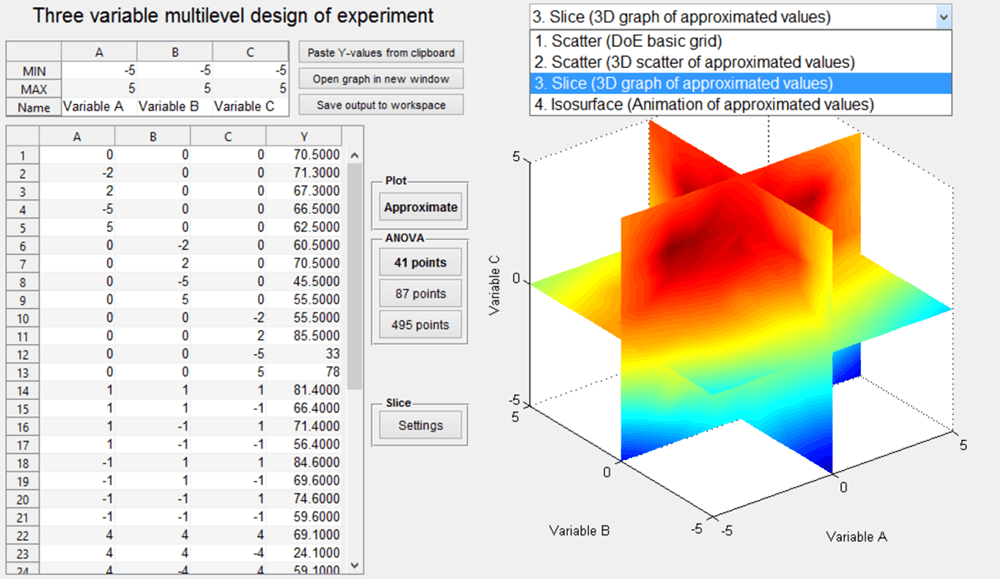
The Benefits of Design of Experiment During Development Latest Quality
The design of experiments ( DOE or DOX ), also known as experiment design or experimental design, is the design of any task that aims to describe and explain the variation of information under conditions that are hypothesized to reflect the variation.
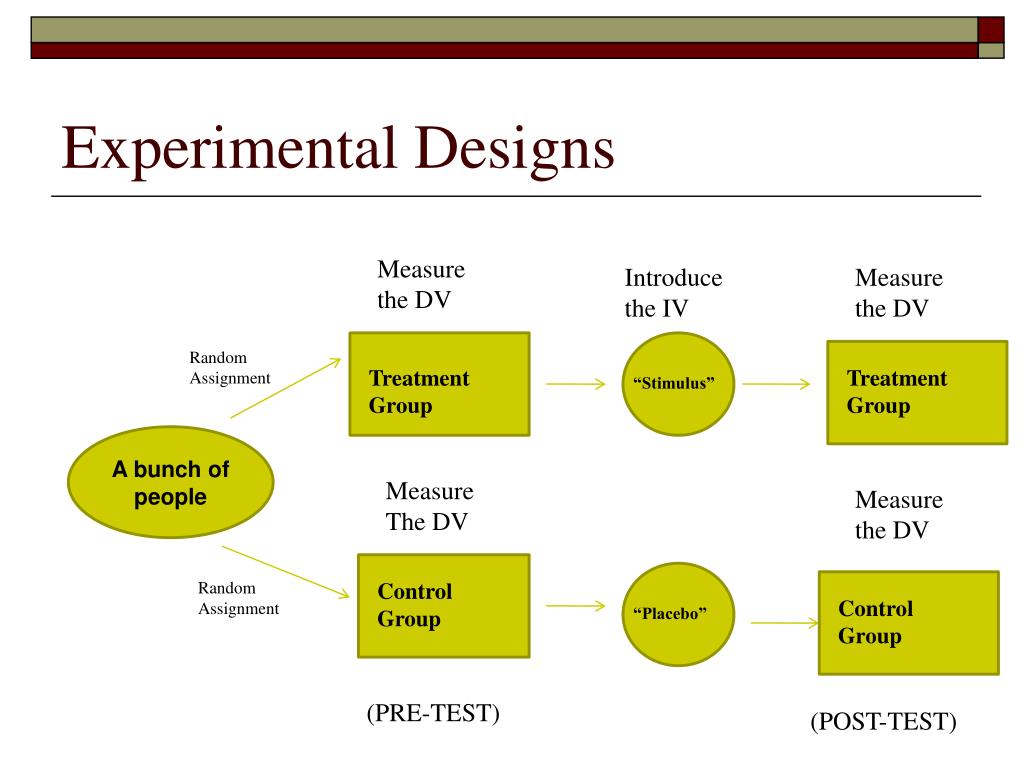
Design Of Experiment Study Design Talk
Design of experiments (DOE) can be defined as a set of statistical tools that deal with the planning, executing, analyzing, and interpretation of controlled tests to determine which factors will impact and drive the outcomes of your process.

Reading Experiment Design
The design of experiments includes a series of applied statistics tools used to systematically classify and quantify cause-and-effect relations between variables and outputs in the studied process or phenomenon, which may result (if that is the aim) in finding the settings and conditions under which the process becomes optimized.

Google extends Drafts and Experiments to Display Network campaigns
Using Design of Experiments (DOE) techniques, you can determine the individual and interactive effects of various factors that can influence the output results of your measurements. You can also use DOE to gain knowledge and estimate the best operating conditions of a system, process or product. DOE applies to many different investigation.
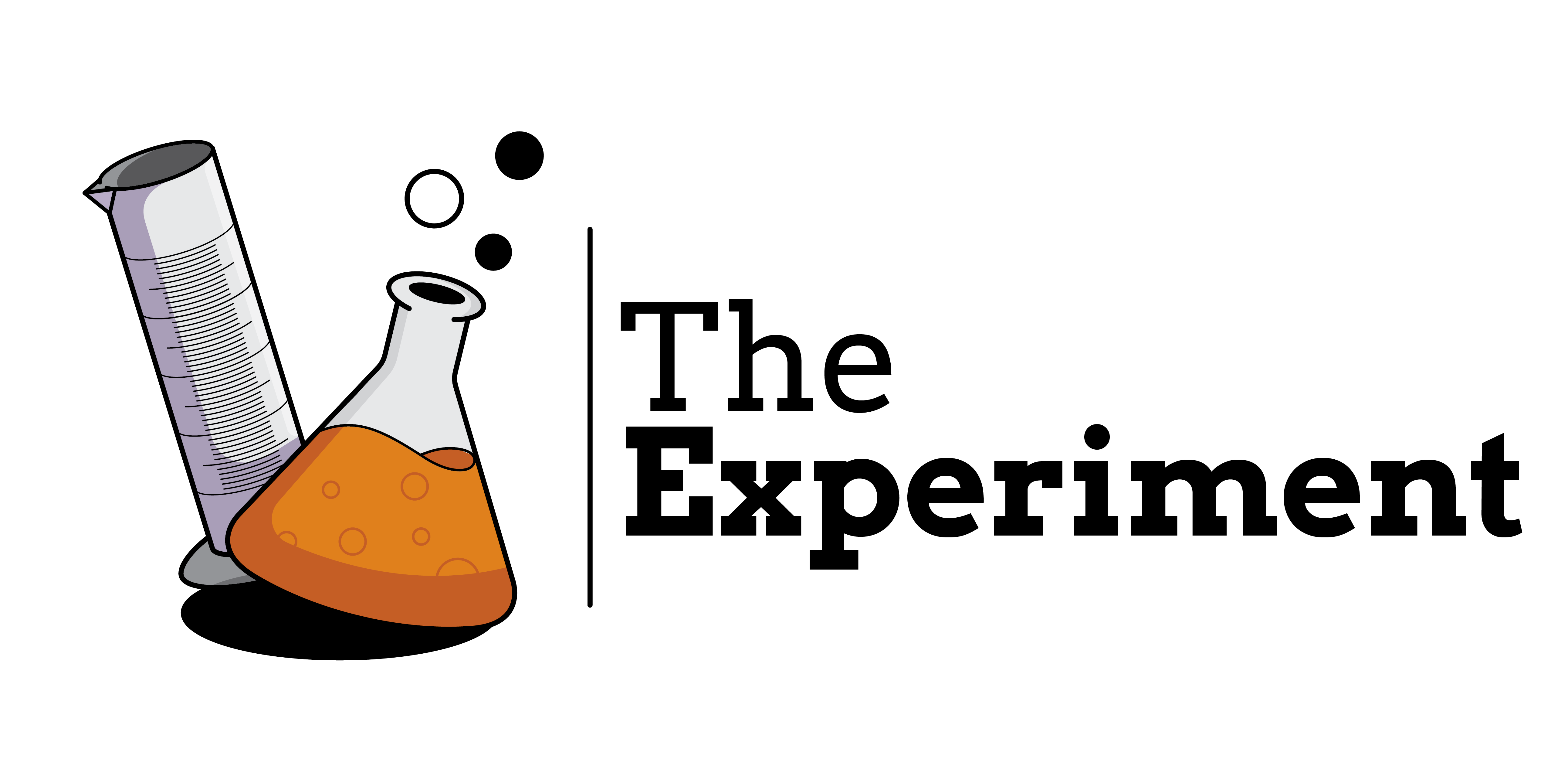
DESIGN OF EXPERIMENT (DOE) eProject Library
Design of Experiments. Design of experiments (DOE) is a rigorous methodology that enables scientists and engineers to study the relationship between multiple input variables, or factors, on key output variables, or responses.
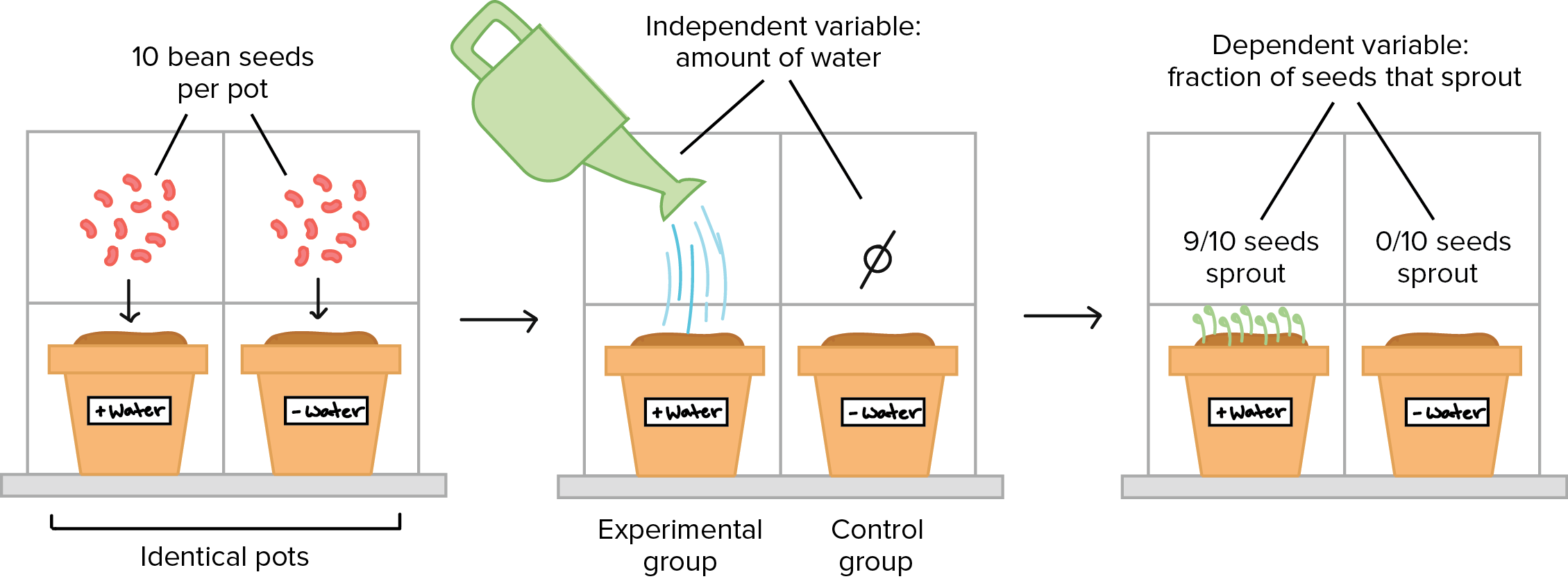
Scientific Method Experiment Ideas Examples and Forms
Design of experiments (DOE) is a systematic, efficient method that enables scientists and engineers to study the relationship between multiple input variables (aka factors) and key output variables (aka responses). It is a structured approach for collecting data and making discoveries.

Design of Experiment II Response Surface Methodology (RSM) (DOE102) NASAT Labs
PowerPoint Presentation Design of Experiments (DOE) for the Beginner Lennart Eriksson, Ph.D., Assoc. Prof. Senior Lecturer and Principal Data Scientist Born in Data Analytics Company founded in 1987 by Professor Svante Wold, in Umeå, Sweden Originator of Chemometrics and the SIMCA® Methodology

Design of experiment methodology
An experimental design is a detailed plan for collecting and using data to identify causal relationships. Through careful planning, the design of experiments allows your data collection efforts to have a reasonable chance of detecting effects and testing hypotheses that answer your research questions.
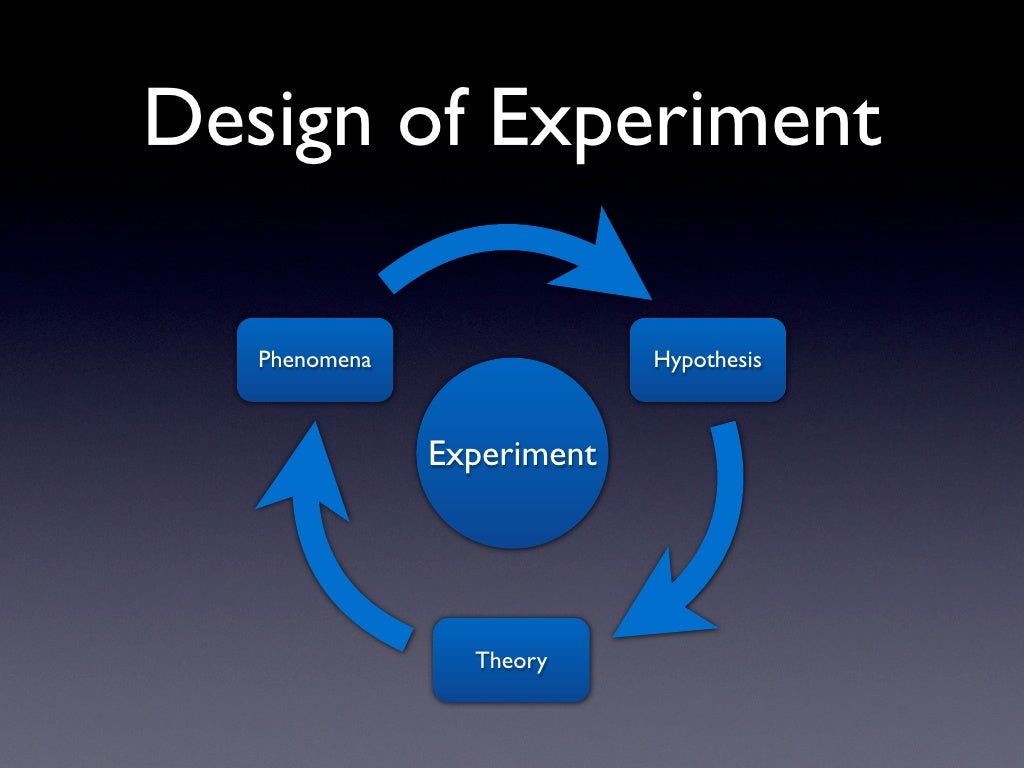
Design of Experiment
A good experimental design requires a strong understanding of the system you are studying. There are five key steps in designing an experiment: Consider your variables and how they are related. Write a specific, testable hypothesis. Design experimental treatments to manipulate your independent variable.